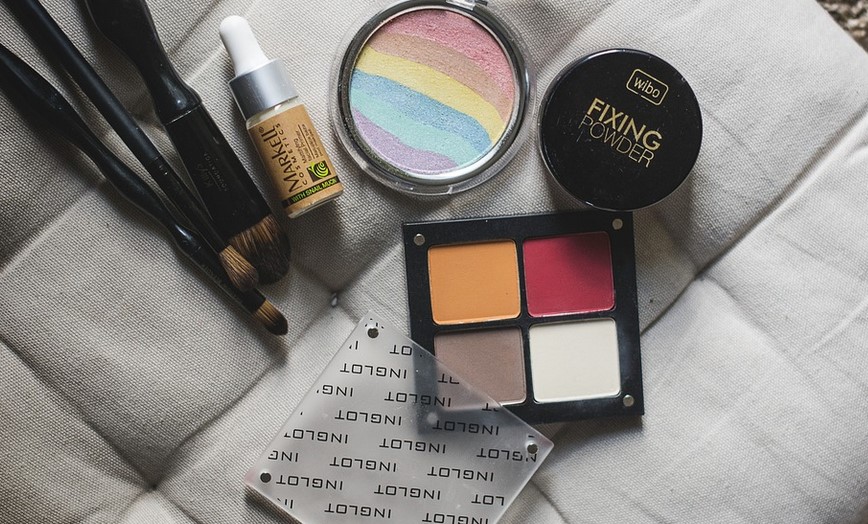Growing Oregano
Oregano is a perennial herb that can be grown in a variety of climates, but prefers a warm, sunny environment. You can grow oregano from seed, or purchase a small plant from a nursery. Make sure to plant it in well-draining soil and keep it watered, but not over-watered.
Harvesting Oregano
Once your oregano plant has grown to a sufficient size, you can begin harvesting the leaves for essential oil. The best time to harvest oregano is in the morning, after the dew has dried, but before the sun is too high in the sky. Cut the stems just above the third set of leaves from the top.
Drying Oregano
After harvesting, tie the stems together and hang them upside down in a cool, dry place. It’s important to keep the herbs out of direct sunlight, as this can damage the oils. Once the leaves are dry and brittle, remove them from the stems and store them in an airtight container.
Preparing the Essential Oil
To make oregano essential oil, you’ll need a distiller. You can purchase one online or from a specialty store. Fill the distiller with water and add the oregano leaves. Heat the water until it boils, and then allow it to simmer for several hours. The steam that is produced will contain the essential oil.
Collecting the Essential Oil
As the steam rises, it will pass through the distiller’s condenser and into a collection jar. The essential oil will float on top of the water, so you’ll need to separate the two. The easiest way to do this is to use a separatory funnel. Pour the mixture into the funnel and allow it to sit for several hours. The oil will rise to the top, and you can drain it out.
Storing the Essential Oil
Once you’ve collected the oil, store it in a dark, glass bottle. Essential oils are sensitive to light and can degrade quickly if exposed to it. Make sure to label the bottle with the name of the oil and the date it was made.
Using Oregano Essential Oil
Oregano essential oil has many uses, including as a natural disinfectant, an insect repellent, and a pain reliever. It can also be used in cooking, but it’s important to dilute it first. Never apply essential oils directly to your skin, as they can be irritating.
Conclusion
Making oregano essential oil is easy and can be done at home with just a few basic supplies. By following these steps, you can create a high-quality oil that can be used in a variety of ways. Remember to always store your essential oils properly and to use them safely.

